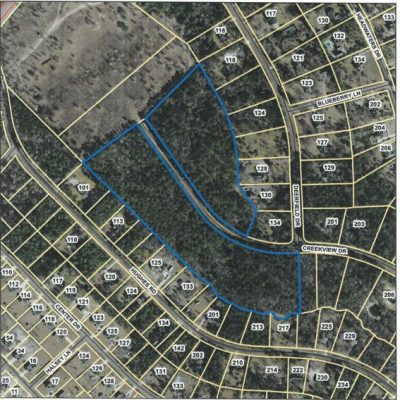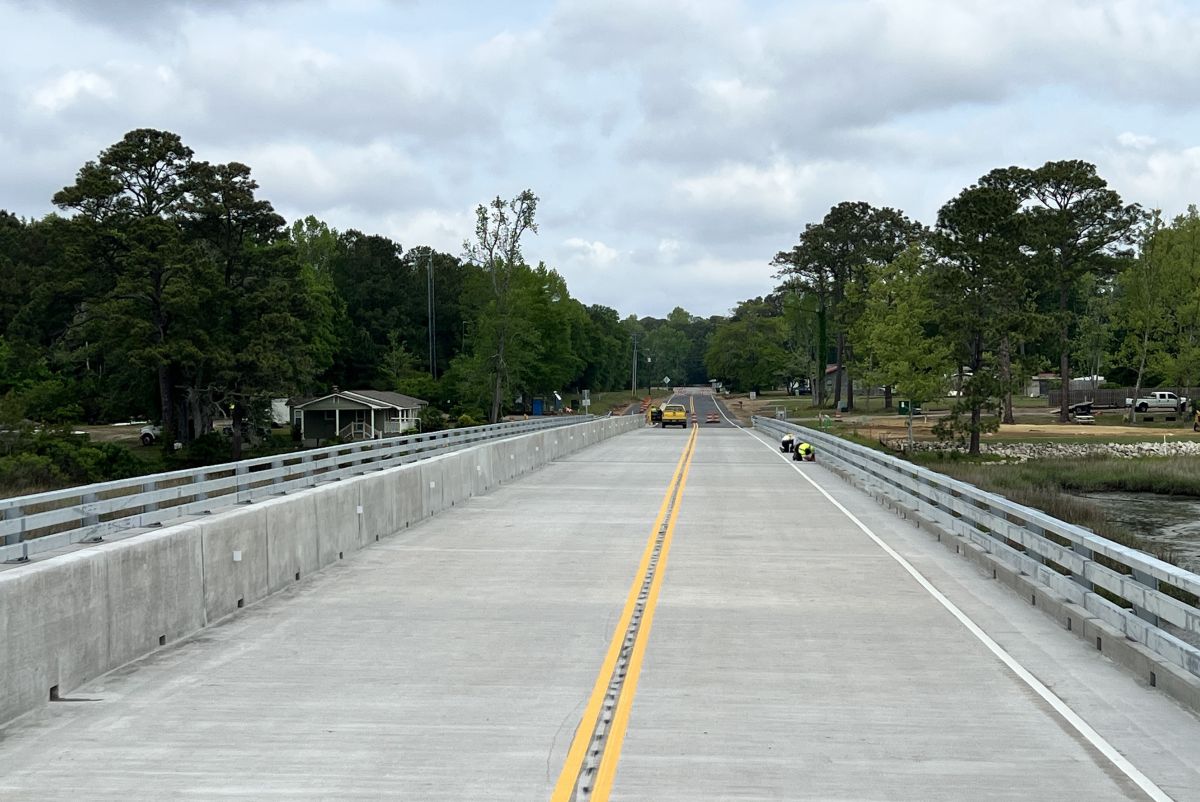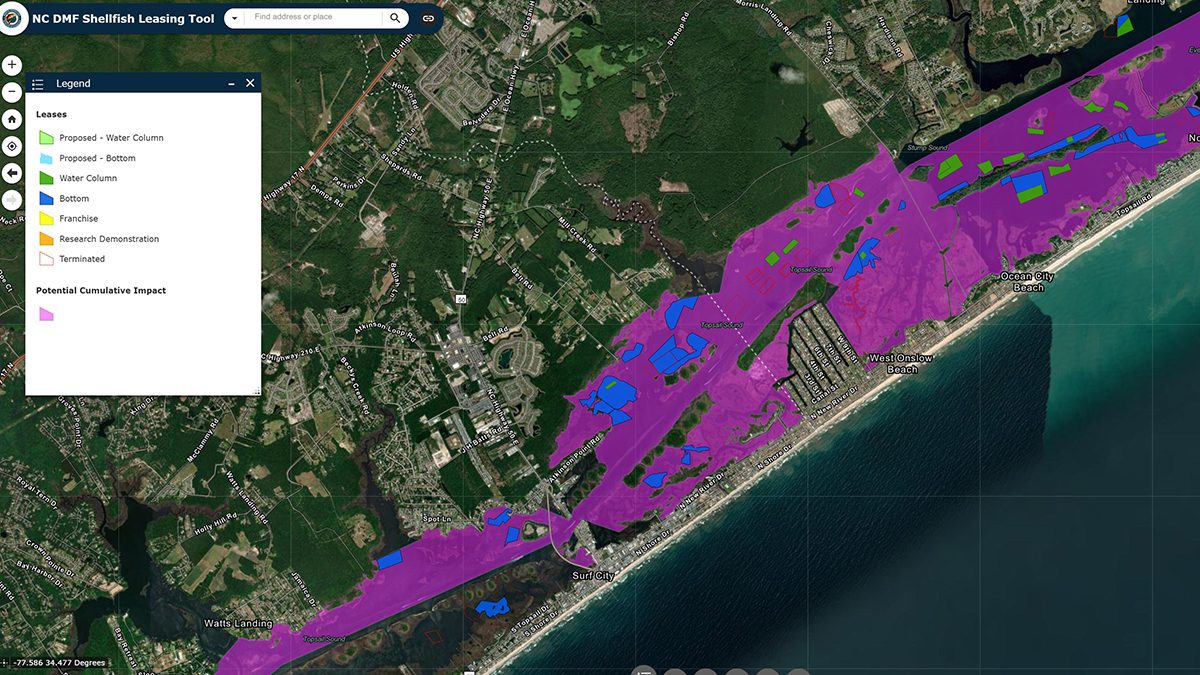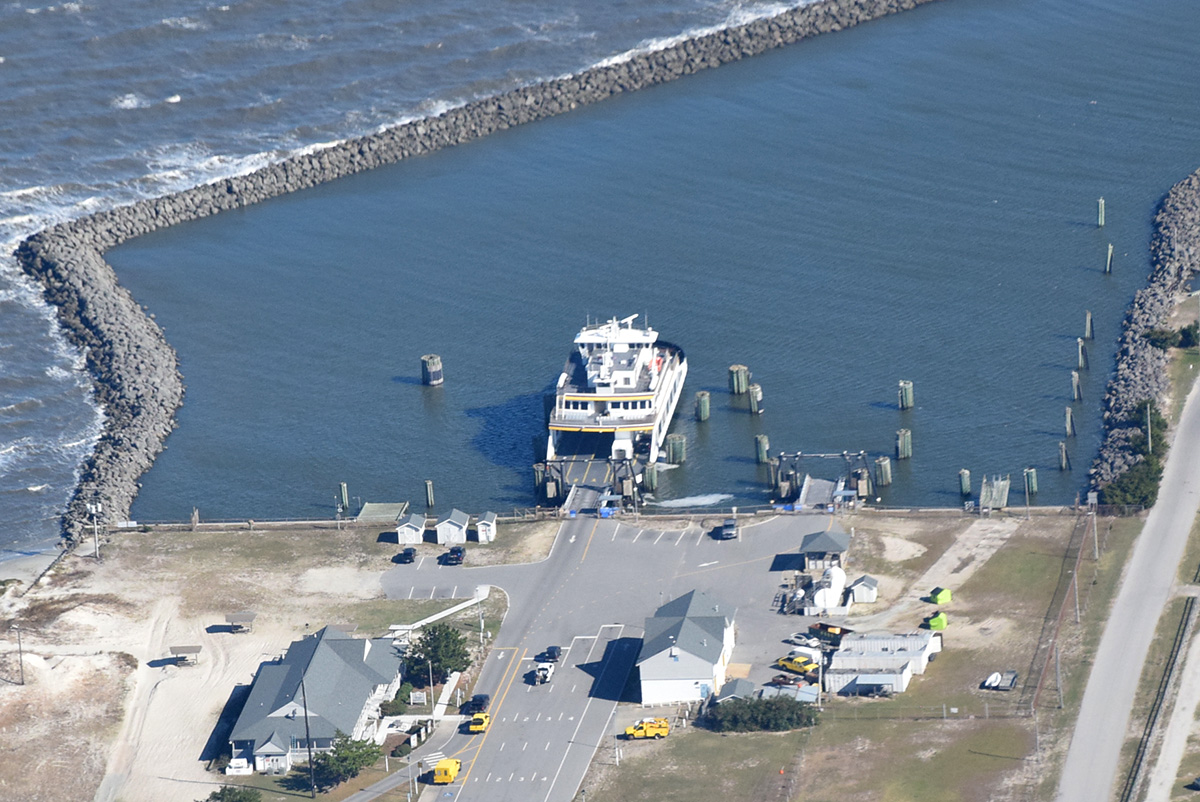HAMPSTEAD – The Pender County Planning Board has approved rezoning a portion of land near Mill Creek for a controversial housing development in Hampstead.

Board members voted 6-1 Wednesday night to grant, with conditions, the developer’s request following a public hearing in which residents in adjacent neighborhoods expressed concerns about stormwater runoff and its potential impact on Mill Creek, an estuarine tidal creek, and nearly 2 acres of wetlands on the site.
Supporter Spotlight
Board vice-chair Elaine Nalee was the sole opposition vote.
Now the decision on to approve development plans and rezone about 18 acres from residential performance to residential mixed-use conditional district 3 is in the hands of Pender County commissioners.
Fayetteville-based RHH Land Investors modified some of the proposed development plans following two meetings with property owners of adjacent neighborhoods, including Deerfield Estates and those along Hughes Road, and last month’s planning board meeting.
Those revisions include reducing the number of single-family homes from 51 to 49 lots, creating natural buffers along the property line and around the wetlands, designing a stormwater runoff system that would route all runoff from the site into retention ponds within the development, and identifying the 1.92 acres of wetlands on the site by placing signs every 200 feet within the neighborhood.
The neighborhood homeowner’s association would be responsible for the wetlands.
Mike Nichols with Paramounte Engineering in Wilmington described the proposed development as one with high-quality, age-targeted, single-family homes in sizes ranging between 1,800 and 2,400 square feet.
Supporter Spotlight
The homes would be built on 6,000-square-foot lots, the smaller size designed for “empty nesters,” Nichols said, and within a convenient, walkable distance to shopping and medical services.
While that may appeal to some home buyers, the density of the proposed development and the stormwater runoff created from it worries property owners in the area.
“We know development is happening,” Hampstead resident Steffany Williams-Ward said. “It’s just that we need to do it responsibly. At the end of the day, it’s too many units. That’s the bottom line. That’s the trend. It’s the precedence that it’s setting.”
Doug Holdstein, head of Deerfield Estates’ community association, said he is concerned about the potential effects of stormwater runoff on nearby salt marsh.
“As an old guy I want to preserve the salt marsh,” he said. “With the stormwater going into the salt marsh I’m afraid we’re going to destroy it. Last July we had a lot of rain. Deerfield Drive, it was awash during the entire month of July.”
An engineer for the proposed development said retention ponds will be constructed on site before any grading or building begins and that the developer is required to maintain the current runoff flow pattern and route stormwater to ditches leading to the ponds.
“If there weren’t all these drainage and stormwater issues surrounding this property I’d have no problem with the density,” planning board member Suzanne Rhodes said. “I’m really struggling with this. I’m really honestly struggling with the options, the pros and cons.”
RHH Land Investors President Kerry Avant said his company worked hard to try and reach a compromise with property owners.
He also reminded the planning board that the site could be developed without public input under the current zoning rules.
“When you can put 47 lots there by right then there wouldn’t be a public hearing,” Avant said. “For the additional two lots that we are asking for I feel like we are making a lot of considerations and contributions that we might not get if a neighborhood comes in by right. That’s your choice, their choice here tonight, but we have truly tried to work with everybody. This plan is more expensive to develop. It if is rejected tonight, which I hope it’s not because I think it’s an excellent plan, somebody’s going to develop the property and the zoning is there by right.”
Planning board Chairperson John Fullerton echoed Avant, saying that the land can be developed “with less protection.”
“I don’t think there’s too many people living here who will say they want to take their chances with that,” Fullerton said. “If you own that property you would be able to come in with a lot less planning and put in 47 lots.”
Rhodes, who voted to approve the request, agreed.
“We have the lesser of two evils here,” she said. “If we voted no, the choice would be they could just go in by right and do it or they could choose to walk away. Someone’s going to develop it. It’s prime development land. We can’t predict the future.”







